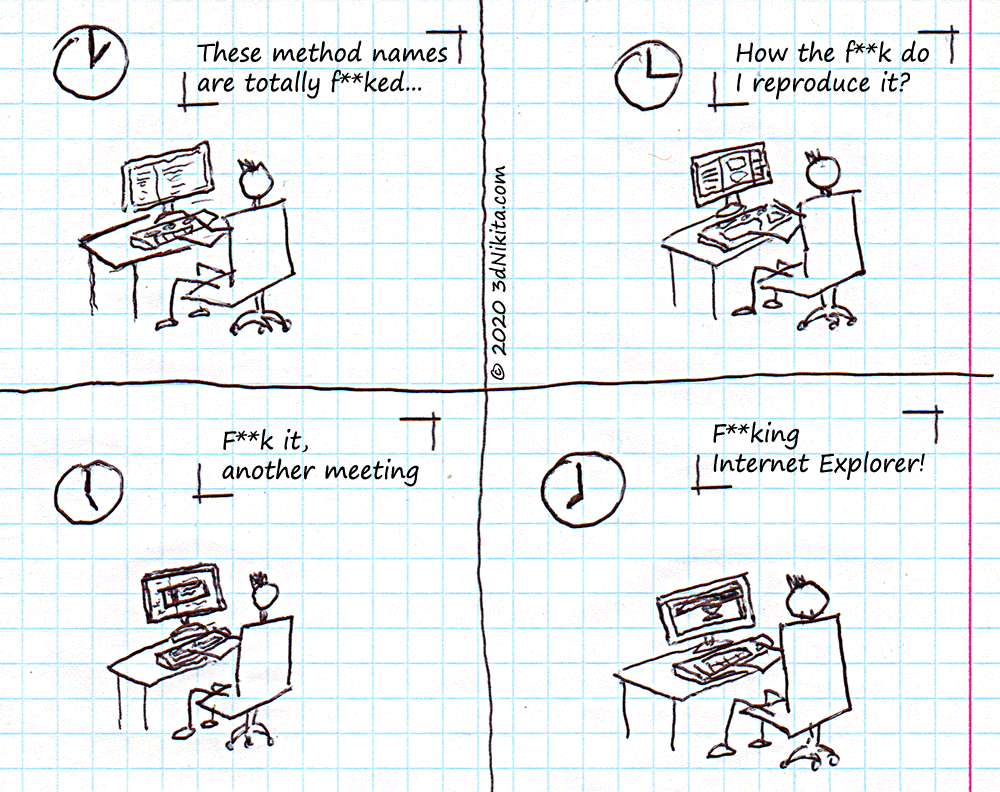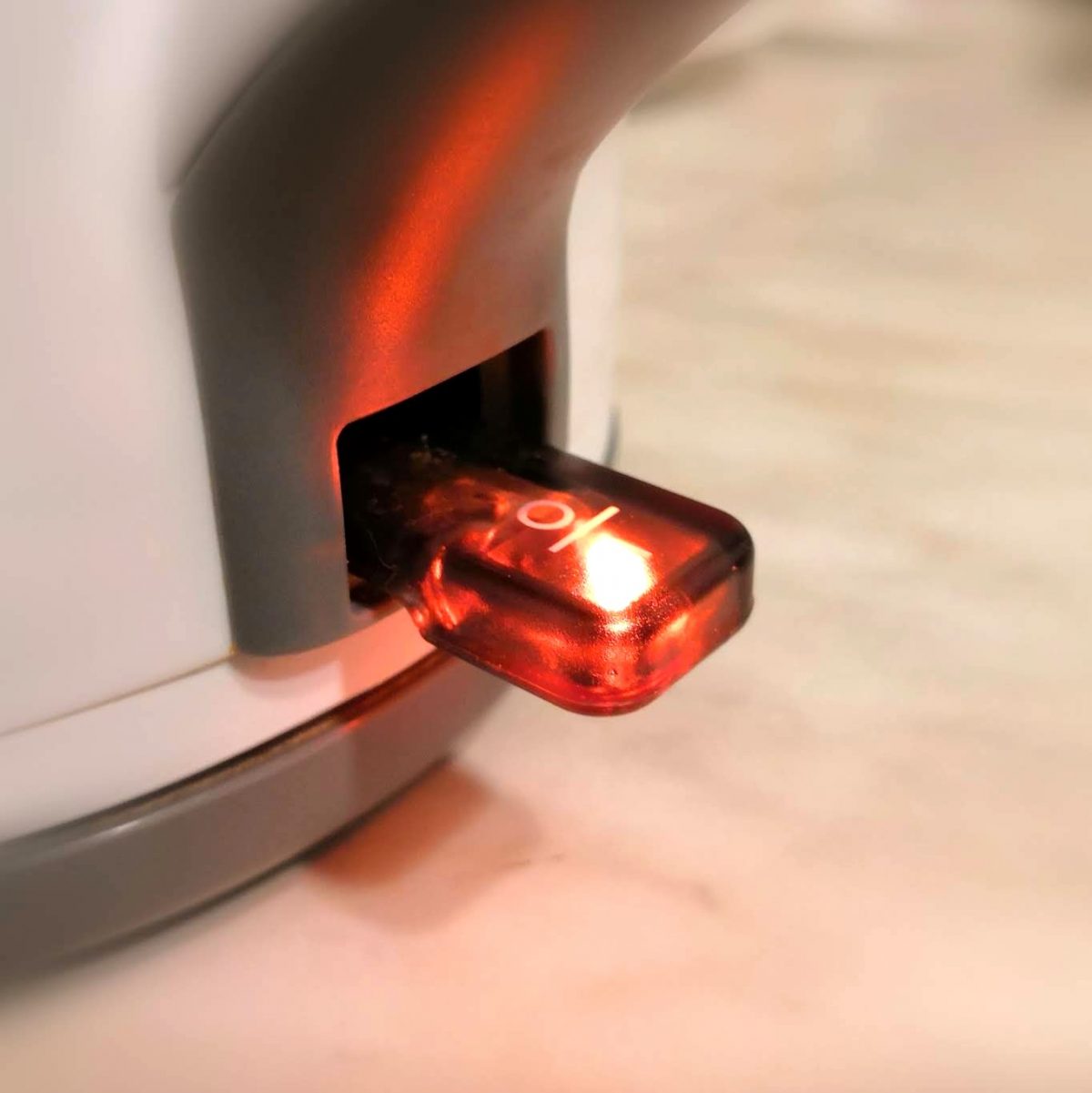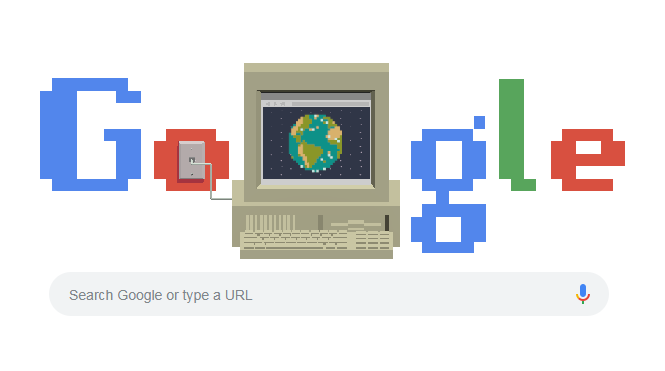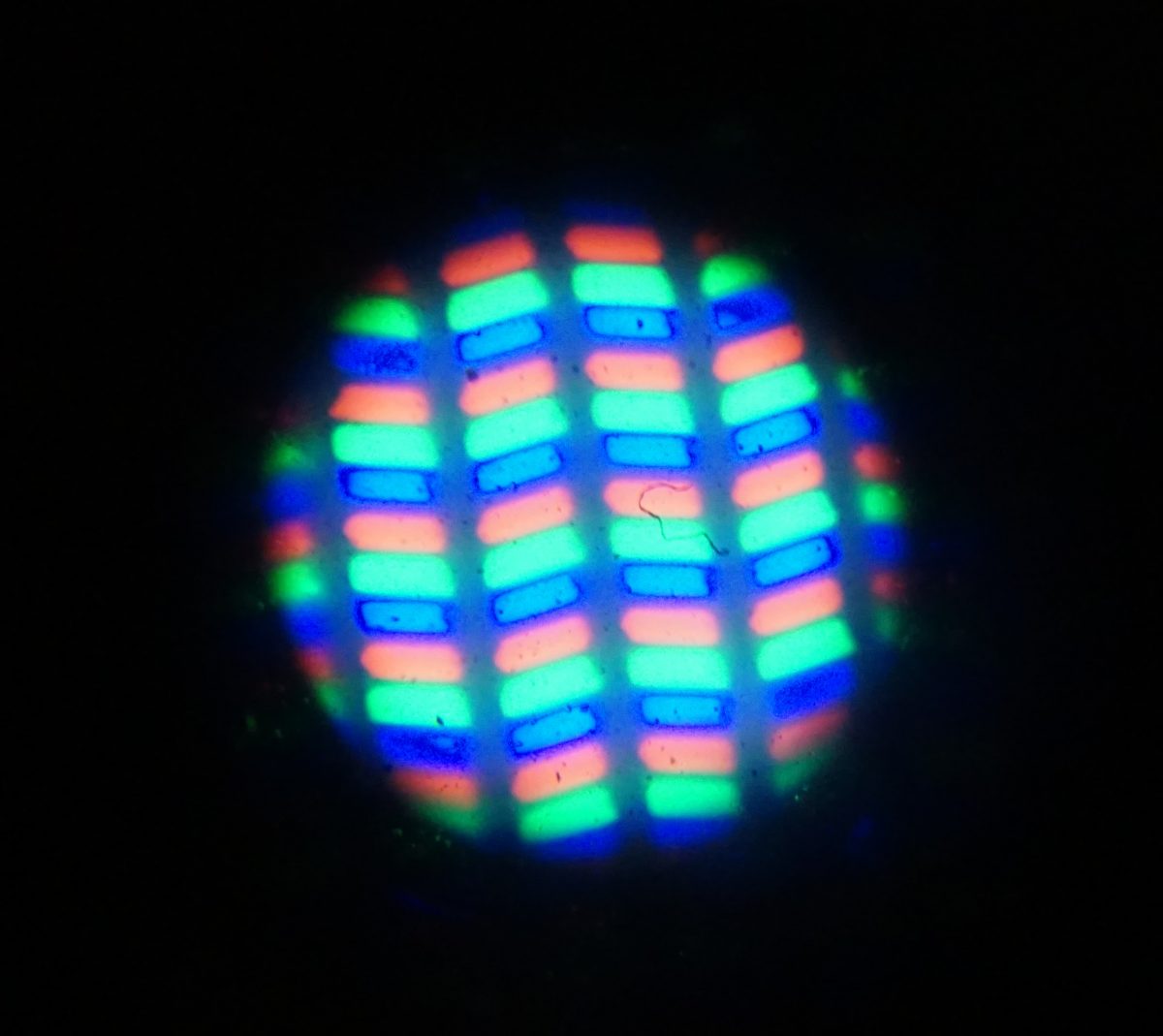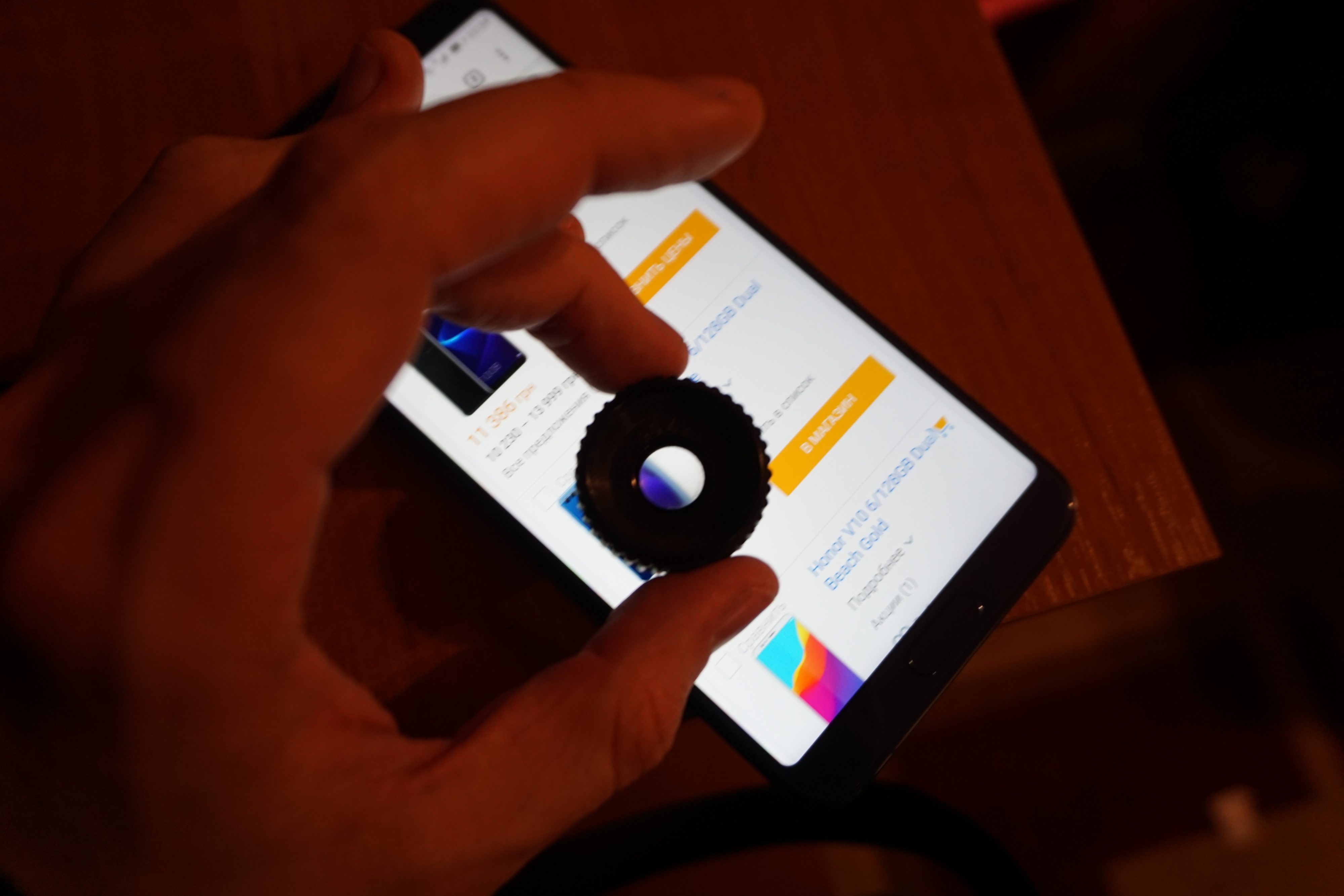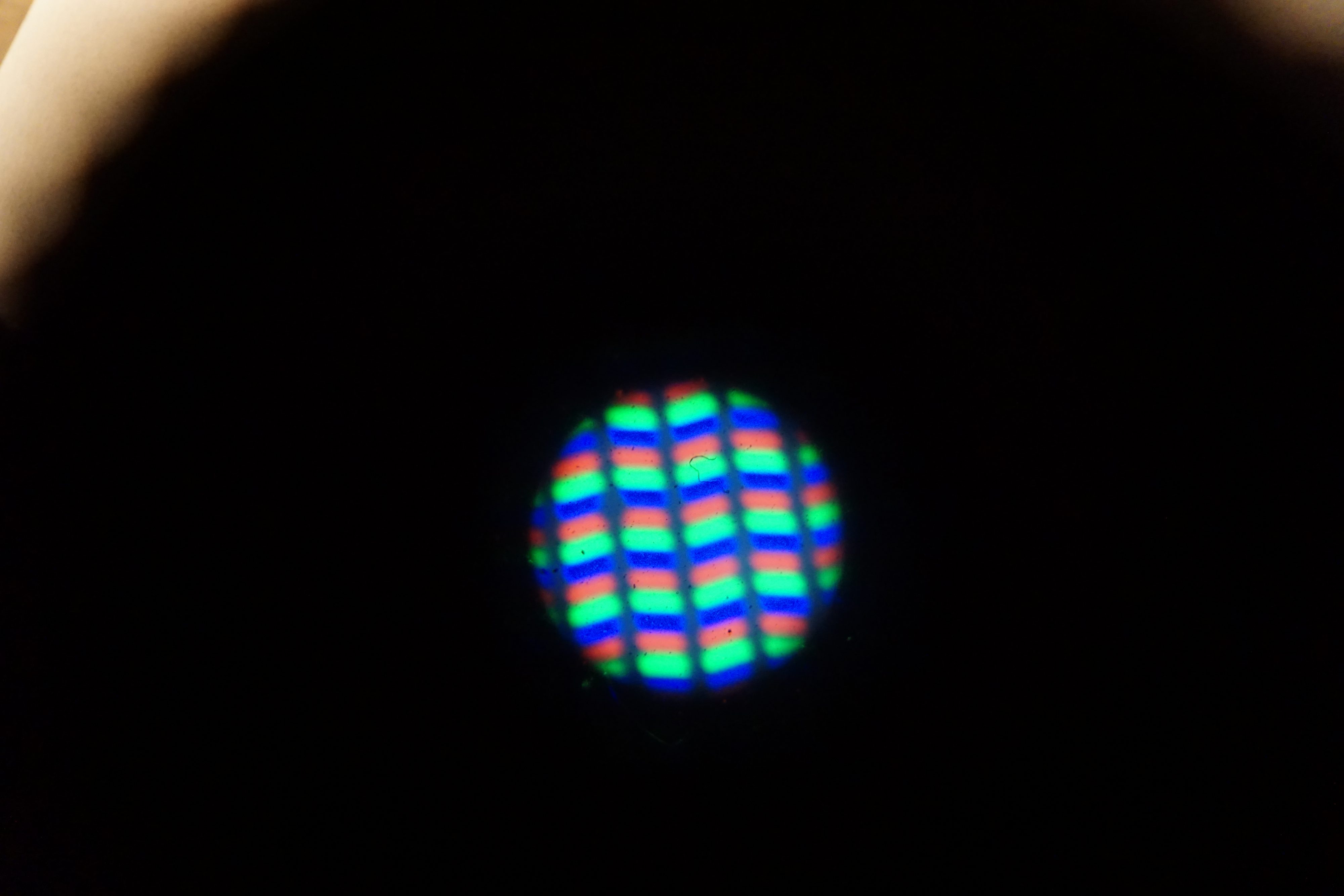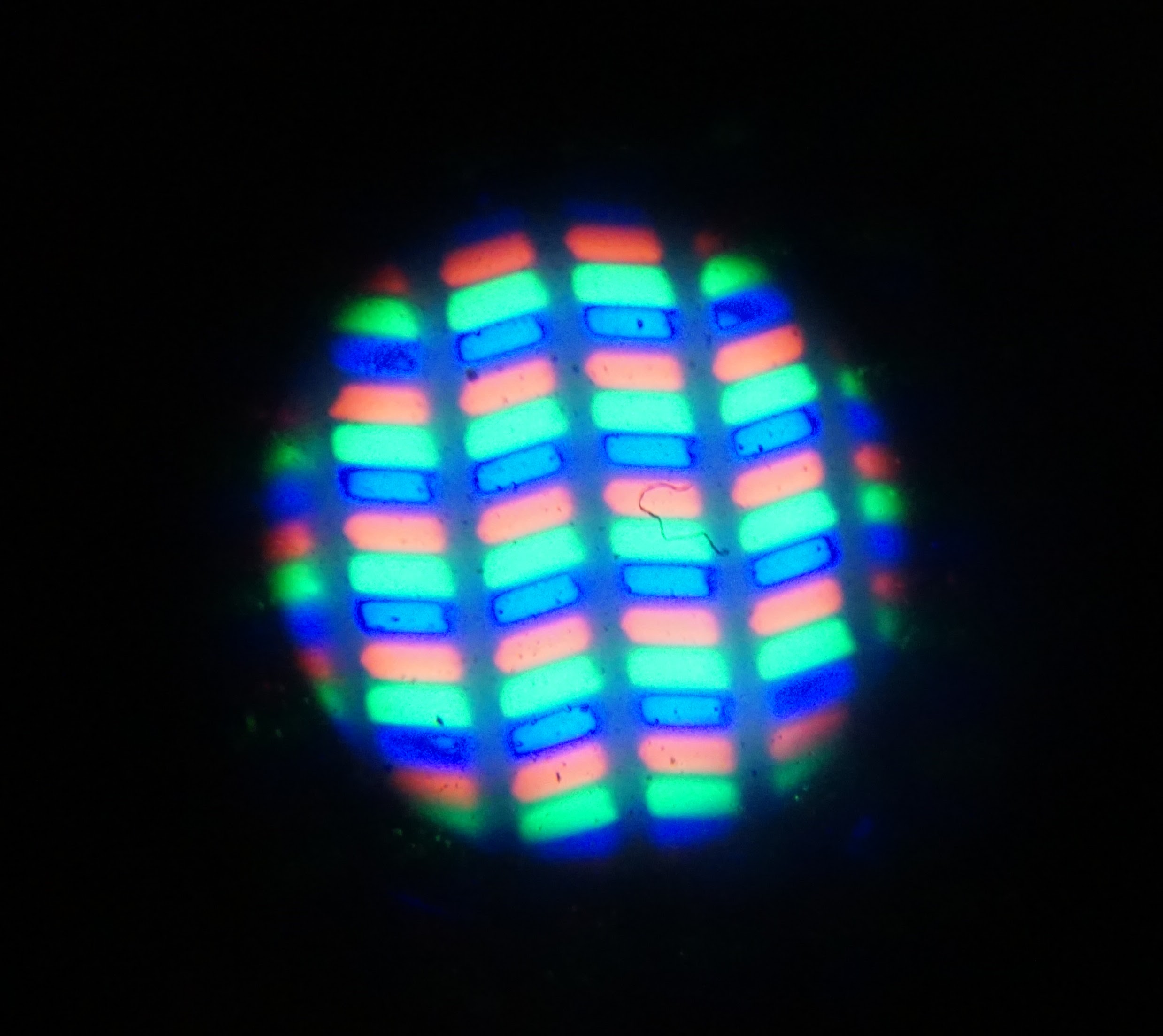I have a whole load of unfinished hobby projects. Many times I was taken by some idea, implemented the most challenging part and lost my interest.
But some of the projects have been actually finished and may be interesting to someone.
It’s time to let the world see my creations 🙂
The hero of the day is the small cross-platform utility that measures the clock speed of the CPU and shows it alongside its summary information, such as brand name, family, stepping, etc.
It started as a command-line application made in Borland C++ Builder. This IDE provides a straightforward and convenient syntax for embedding the x86 Assembler instructions into your regular C++ code. Which is great, when your application built around one of them: rdtsc.
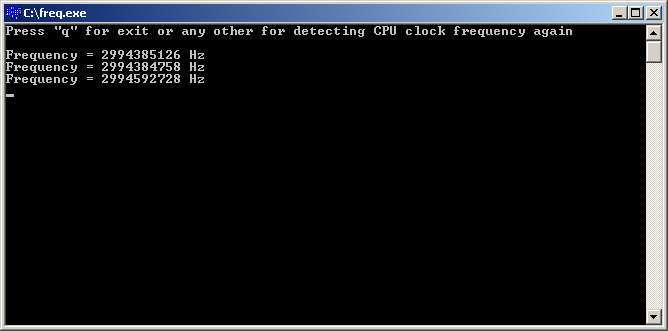
Here’s the code (please take into account, that I was not professional or even amateur programmer back then, so give me some slack):
